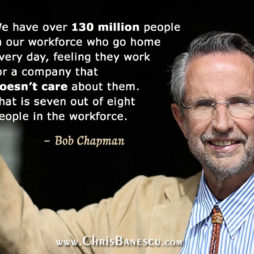6/1/2010 – Gregory Ferenstein –
The funny thing about business books is that for many stories, there are countless counterexamples of management philosophies that are radically different, yet still successful. What is inspiring about Zappos.com, the world’s largest online shoe retailer, is that it is possible for a business to be founded on curiosity, built with friendship, and sustained with employee happiness. CEO Tony Hsieh’s (pronounced “shay”) retelling of the Zappos story in the upcoming Delivering Happiness: A Path to Profits, Passion, and Purpose is a zippy, pleasant read about a business model that doesn’t compartmentalize labor and leisure.
Indeed, it appears that Zappos thrives in the most outrageous displays of its employees’ individuality. During tours of their head office, a potential client might see karaoke, a make-shift bowling alley, a petting zoo, or a napping worker. A lucky client might even witness their “Bald & Blue” day, where employees volunteer to get their heads shaved by their colleagues. As such, Zappos has an almost familial relationship with its employees: it sponsors marathons, permits personal education and travel, and one employees recounts a touching story of extensive consoling by her colleagues after her husband passed away. All this investment apparently pays off in almost non-existent turnover and super-enthusiastic workers (many of whom tweet about their love of Zappos).
Additionally, Tony, himself, seems to embody the Silicon Valley worldview that business is not a zero-sum game. One of the book’s guest writers, “Fred”, states, “We don’t believe that negotiations need to be an arm-wrestling match. If both parties are honest about our positions and objectives, we should be able to find an equitable way to get there” (pg. 188). He notes that in the shoe business, it is customary to play mind-games with vendors: refuse to return phone calls, delay appointments, or make them pay for meals. Without their unorthodox approach of cooperation, he argues that few brands would have initially invested in the untested market of online retailing (Currently, Zappos also stocks some brands not available anywhere else, according to Fred).
I do, however, have one complaint with the book. I wish Tony would have substituted some of the extensive autobiographical detail for some actionable advice. The book leaves the reader wanting to know more about the nuts and bolts of how Zappos creates its culture, deals with conflict, and innovates. So, it is my hope that Tony recounts more details as he tweets and interviews his way around the business world. I have a greater hope, however, that the micro-managers of the world will read Tony’s book and realize that happiness and profit can be best friends.
HT: Fast Company



